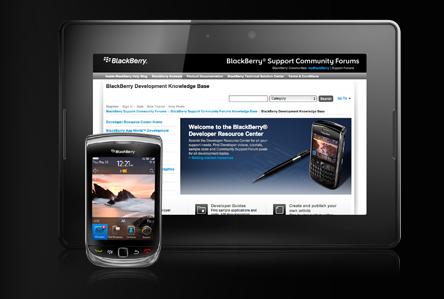RIM PlayBook BlackBerry Tablet

RIM’s PlayBook tablet is a good effort, if you have a BlackBerry phone and don’t need many apps
You need a BlackBerry to appreciate Playbook
With the Bridge activated, the tablet can display a nearby BlackBerry’s emails, calendar and other vital information — until the smartphone is removed from range, which will also erase its information from the tablet’s screen. While this is a nifty security feature, it also prevents anyone without a BlackBerry from leveraging everything the PlayBook has to offer.
Those with Hotmail, Yahoo Mail, Gmail and AOL Mail accounts can access those services via icons that take you to the sites for those respective services. It’s a little more time-intensive than a native app that consolidates email from across your various accounts, but better than nothing.
RIM claims it will eventually add a native email client, contacts, a calendar and similar features. Until that day — and without a BlackBerry to provide a 3G connection — the PlayBook feels more like a highly polished prototype than a device ready for store shelves. The billion-dollar question is why RIM felt compelled to deliver the PlayBook now, as opposed to spending a few more weeks or months polishing the software to a brighter shine.
Well designed OS and hardware
And shiny it is. Unlike some early versions of Android on tablets, which involved slapping the smartphone version of the operating system into a device with a larger screen, adding some awful “bonus” apps and calling it a day, RIM obviously put effort into designing an operating system that melds with the PlayBook’s hardware.
Instead of studding the rim of the device with mechanical buttons, RIM has opted to make the PlayBook’s case touch-sensitive. Flicking your finger along the tablet’s bottom-center BlackBerry logo brings up the home screen; flick downward from the tablet’s top edge, and menus will drop down; swipe across the sides to cycle through active apps.
The operating system preserves some features familiar to Android or iOS users, including gridlike screens of individual apps, but is sufficiently different from other mobile operating systems to present something of a learning curve for most users.